The “third version”, the cornerstone of the Pokémon series, lives again in the DLC “The Treasure of Area Zero”: welcome to this short “Road to…”
In view of the DLC Of Pokémon Scarlet and Violetthat is to say The treasure of Area Zerowe allowed ourselves to reopen our column “Road to” for a single episode in the last weekend before its release. After all, the pocket monsters have accustomed us to revisiting their games long before the concept of remake periodically presented us with the various regions. We allude to the concept of “third version“: a re-edition of the pair of titles released a year or two earlier, with which to smooth out the edges, correct the flaws and, at times, give fans the game they would have wanted since day one of the predecessors. We will be short, quick and happy to entertain you on the weekend!
Pokémon: Yellow Version | Road to Area Zero
And moving from Victory Road to memory lane, the memory lane starts again from the third version which perhaps made less use of the area at its disposal as ample margin for improvement thanks to a premise with a probability of failure equal to zero split, that is Pokemon: Yellow Version. The basic idea is disarmingly simple: introduce into the world of Red Version and Blue Version a Pikachu capable of following us outside of the Ball to which it belongs, with some sporadic appearances from Jessie and James (“Meow, just like that!” ) and a faunal sector capable of merging the two previous versions. Yet, at the height of early Pokémania, incorporating elements from the anime was “just what was needed.” That is, to demonstrate that the simplest ideas are the best.
Pokémon: Crystal Version | Road to Area Zero
Between refinements, a new region with Johto and the reintroduction of Kanto thanks to a stroke of genius by the late Satoru Iwata, with the Gold and Silver versions GAME FREAK has set itself the goal of creating a sequel with which to close the deal and the puppets. A definitive game, one that is unsurpassable. That the series would have prospered, in retrospect, is clear, but just for the sake of raising the bar the development team gave us Pokémon: Crystal Version. Introducing animations for creature sprites, a female avatar, lore details, more vivid colors, the Battle Tower and, in Japan, even a mobile phone adapter to play online with (!!!), the series has reached heights never reached before… before HeartGold and SoulSilver, of course.
Pokémon: Versione Smeraldo | Road to Area Zero
After a break with previous generations in terms of compatibility (which, looking back on it today, seems almost ridiculous in comparison), the Ruby and Sapphire versions nevertheless established that the easing of Pokémania would be a temporary phenomenon. And after the re-establishment of good faith with FireRed and LeafGreen, the development team returned to Hoenn to give it new luster with Pokémon: Emerald Version. The result translates into a third version that re-embraces the links with the past of the series by giving it dignity, reinserting the telephone with which to call some coaches and putting an end to the post-game fast with a Battle Park still loved today. Not to mention the Monte Coaches taken from RossoFuoco and VerdeFoglia, the animated sprites and much, much more.
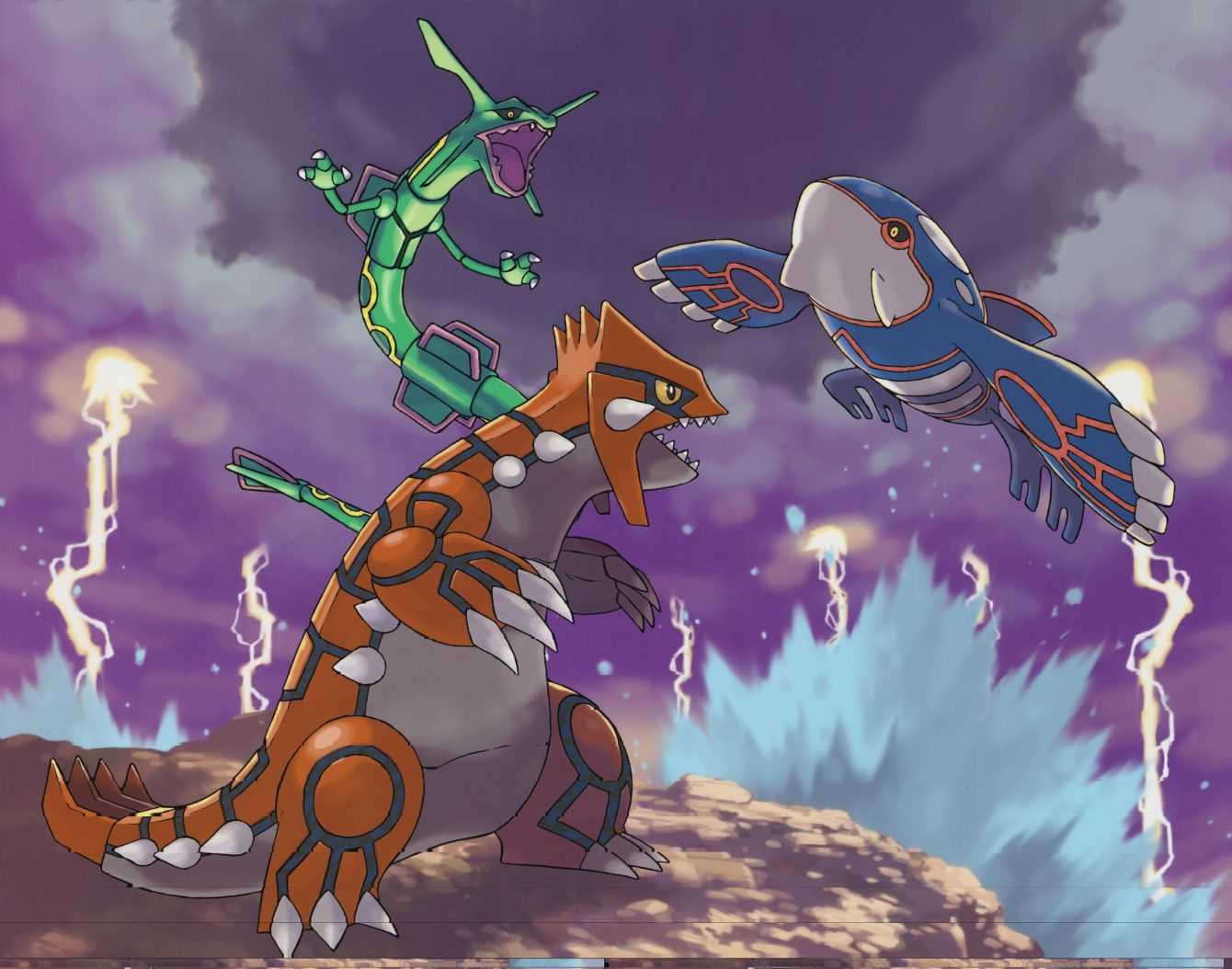
Pokémon: Versione Platino | Road to Area Zero
Without prejudice to the fact that the sprites would have remained animated for another generation (or remained so, given the transition to polygons on Nintendo 3DS), the improvements made to Diamond and Pearl with Pokémon: Platinum Version there are many. The lore is the biggest beneficiary of the changes, given the inclusion of previously exclusive legendaries (as in Emerald) due to the greater role for Giratina, her Distortion World, and the recurring detective Looker. There’s plenty to talk about for hours, between the Global Center of Jubilopoli and the legendary Battle Frontier, but the only legacy of the game that remains standing are Lucas and Dawn’s in-game costumes inspired by their Platinum outfits for the first buyers of Shining Diamond and Shining Pearl.
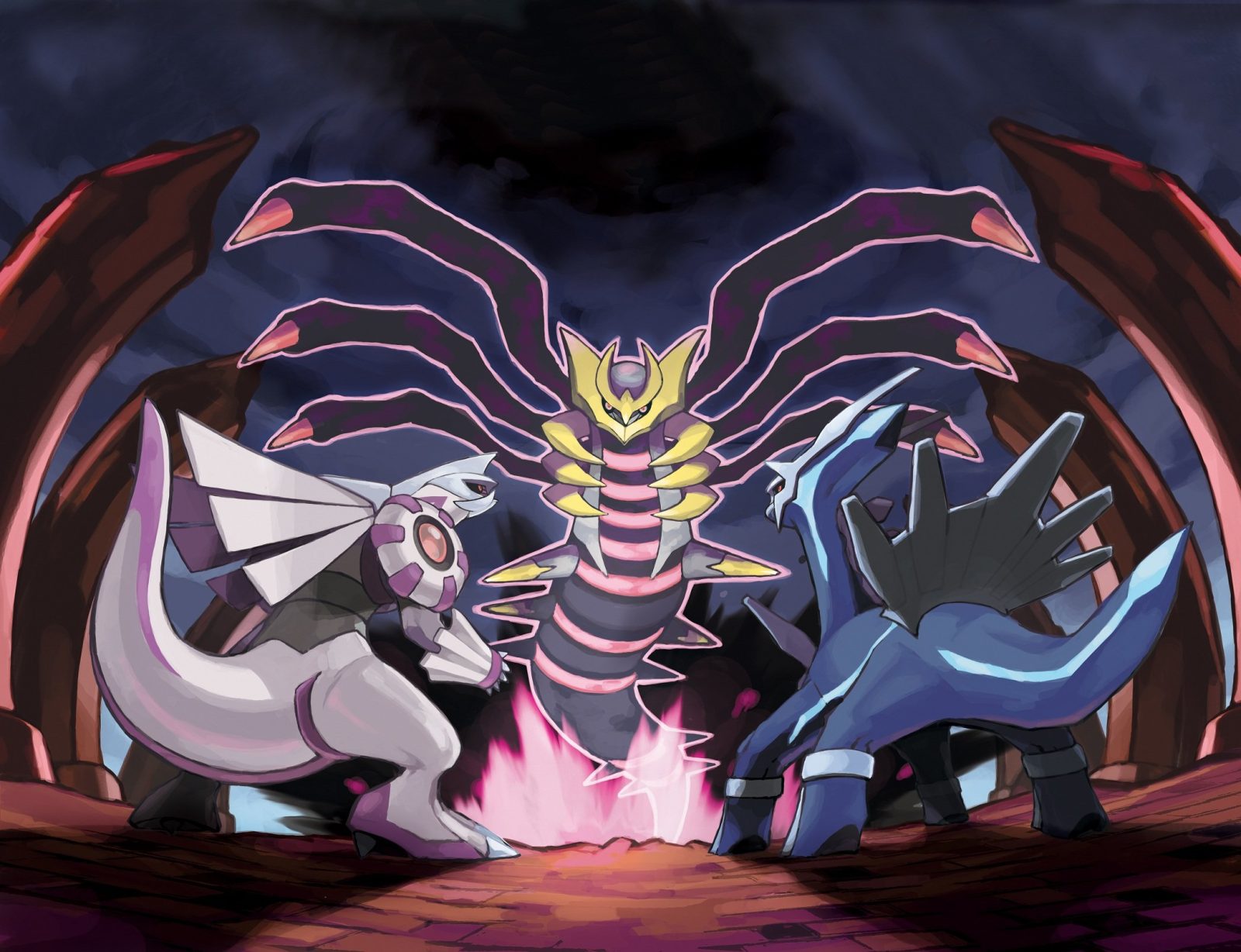
Pokémon: White Version 2 and Black Version 2 | Road to Area Zero
With Platinum, the “third version” as we are used to understanding it has given way to the first (and, at the moment, only) direct sequels set in the same region. Which isn’t surprising given the greater emphasis on plot in the Black and White versions, but Pokémon: White Version 2 and Black Version 2 they put the gameplay back at the center of an experience that is well constructed also on a narrative level. In place of the protagonists Alcide and Anita we have Sanzo and Rina, inhabitants of a previously inaccessible area of Unova. Among the highlights we have the (literally) cinematic battles of the Pokéwood and the possibility of re-challenging all the gym leaders of the first five regions (and associated champions) at the Pokémon World Tournament. Which we would love to see again in the future, GAME FREAK, so don’t keep us waiting!
Pokémon: Ultra Sun Version and Ultra Moon Version | Road to Area Zero
In this case, instead of direct sequels we are talking about a multiverse. Since the connection with another player has been canonically recognized as contact with other universes and related timelines, Pokémon: Ultra Sun Version and Ultra Moon Version they benefit from it. The result, outside of a narrative devoid of the dark abysses of the Sun and Moon versions in some situations, leads to what is perhaps the best constructed post-game of the saga (post-League Kanto permitting): a multiversal headquarters from which Giovanni established Team Rainbow Rocket, partly composed of variants of previous villains from worlds where they prevailed!
Pokémon Sword and Shield: Expansion Pass
With Nintendo’s entry into the world of games subject to updates and patches, it was only a matter of time (by a long time, given that generations VI and VII skipped the concept entirely) before the little monsters also danced the tango with DLC . The Expansion Pass Of Pokémon Sword and Shield has predictably lowered the costs to half the price of the base game, making it equal to a third version like the ones we lovingly remembered above. The two halves, The Lonely Isle of Armor (September 2020) e The Crown Snowlands (November) they expanded everything with “old but new” creatures, while keeping gameplay features such as Max Soup, which should have been in the base game.
Looking forward to being able to review the DLC starting from Wednesday 13 and draw our conclusions, which “third version” convinced you to reopen your wallet? Let us know below, and as always don’t forget to stay on techgameworld.com for all the most important news for gamers and beyond. For your purely gaming needs, you can instead find the best discounts in digital format on Instant Gaming.













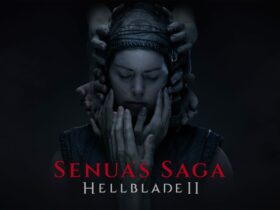
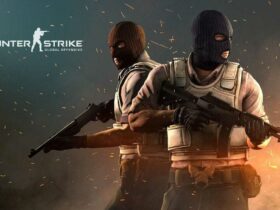
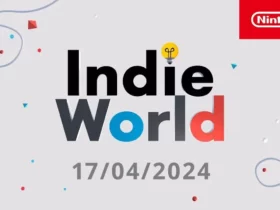
Leave a Reply
View Comments